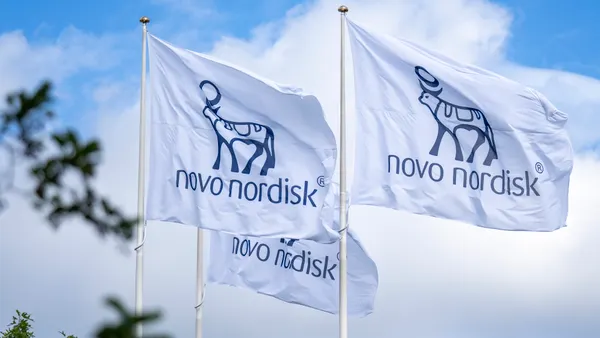Dimensional HealthCare Inc. Late-stage success depends on an in-depth understanding of the Phase IV scientific drivers, the commercial objectives, and the integration of clinical and marketing knowledge. Adam Serody VP, Clinical Solutions The Phase IV Juggernaut: Best Practices for Success Many recent articles have discussed the growth of Phase IV clinical research and how this robust growth has positively impacted pharmaceutical companies, clinical-service providers, community-based physicians, and most importantly patients. To fully recognize these benefits, clinical operations (execution of a trial) and marketing (product differentiation) must harmonize their efforts to be successful. Evolving Needs During the past year, Phase IV activities have continued to grow at an accelerated rate, with an estimated $11.8 billion projected for this stage of clinical development in 2007. Between 2001 and 2007, Phase IIIb/IV R&D is estimated to have a 17% mean annual growth rate compared with 14.1% for Phase I and 10.8% for Phases II/III development. The industry has been hyper vigilant in assessing the importance of studying continuing safety and efficacy, especially in culturally diverse populations; pharmacoeconomics; and the quality of life of patients using a product to manage a disease or symptom state. The changing regulatory environment, safety issues, and the need for real-world data are now major drivers for late-stage research. These demands have created a focus on late-stage efforts allowing for improved patient care and product utility, as well as the renewed necessity of generating real-world data in usual-care settings. This dynamic also has created new requirements that must be met for both marketing teams and clinical operations to ensure profitability and the health of the R&D life cycle. Ensuring that late-stage trials are driven by solid science has generated the need for life-sciences marketing and clinical operations groups to work as partners to create the best pharmaceutical products and dissemination strategies. Historically, marketing and clinical have had separate, though related, missions. This recent boom in late-stage research has established the desire for a much more synergistic relationship between the two groups. Given this environment, pharmaceutical companies must find ways to successfully navigate Phase IV objectives while meeting the clinical needs for continued study of a drug and the commercial needs of product awareness and market penetration. Meeting the Challenge The pharmaceutical industry has responded in several different ways to integrate marketing and clinical. Some companies have created hybrid positions that take advantage of individuals with both a marketing and clinical skill set. Some companies have combined some marketers and clinical staff, creating a multidisciplinary team that follows a drug from early development through approval and launch. Some companies have continued with the more traditional models of separate departments and responsibilities, which is a less integrated approach. This model can sometimes create lapses in communication, missed milestones, and ultimately a more challenging environment when executing a late-stage program. For many pharmaceutical companies, the best option is to outsource pieces of the program while retaining program management internally. This strategy often makes greater economic sense and is viewed as more efficient for trial execution. Outsourcing early-phase (preapproval) studies is quite common, and there are many excellent clinical research organizations (CROs) that can successfully handle this function. Conducting late-phase research often requires a broader and more integrated view of a product or drug, and it involves more diverse groups within the pharmaceutical company. The CRO industry has recognized this unique need and has begun to recognize the late-stage arena as a specialty unto itself. Providers of Phase IV specialist services, although smaller in number than traditional CROs, have emerged as a viable option for understanding the complex needs that a product faces post-launch. Meeting these needs requires a team with expertise in understanding marketing, clinical, and medical communications goals. These specialty teams create an environment where best practices can be implemented for project management, data collection strategies, and investigator selection and training. This integrated approach also assists pharmaceutical companies’ internal teams as they navigate through regulatory requirements and study design issues while trying to meet product-positioning needs. The Common Goal Whether conducted internally or outsourced to a specialty provider, late-stage success depends on an in-depth understanding of the Phase IV scientific drivers, the commercial objectives, and the integration of clinical and marketing knowledge. Only in this way can late-stage trial execution follow as a best practice for success. Dimensional HealthCare Inc., Cedar Knolls, N.J., designs, implements, and provides community-based research for the pharmaceutical and medical-device industries, focusing on the design and implementation of large, simple trials in the periapproval stages (Phases IIIb and IV) of drug development. For more information, visit dhcare.com. June 2005 VIEW on Clinical Services Phase IV Trials
An article from


The Phase IV Juggernaut: Best Practices for Success
Filed Under:
Research & Development










